The Language of Design: A Guide to Interior Design Vocabulary – Part One
Interior design is more than just arranging furniture and picking paint colours—it’s an art form with its own rich vocabulary. Whether you’re a design enthusiast, a homeowner planning a renovation, or simply someone who appreciates beautiful spaces, understanding the language of interior design can deepen your appreciation for the craft. From coving to focal points, these terms have fascinating histories and practical applications that shape the way we experience spaces.
In this blog post series, we’ll explore some of the most common (and some lesser-known) interior design terms, their origins, and what they mean for your home. Let’s dive into the world of design vocabulary!
Coving: The Crown Jewel of Ceilings
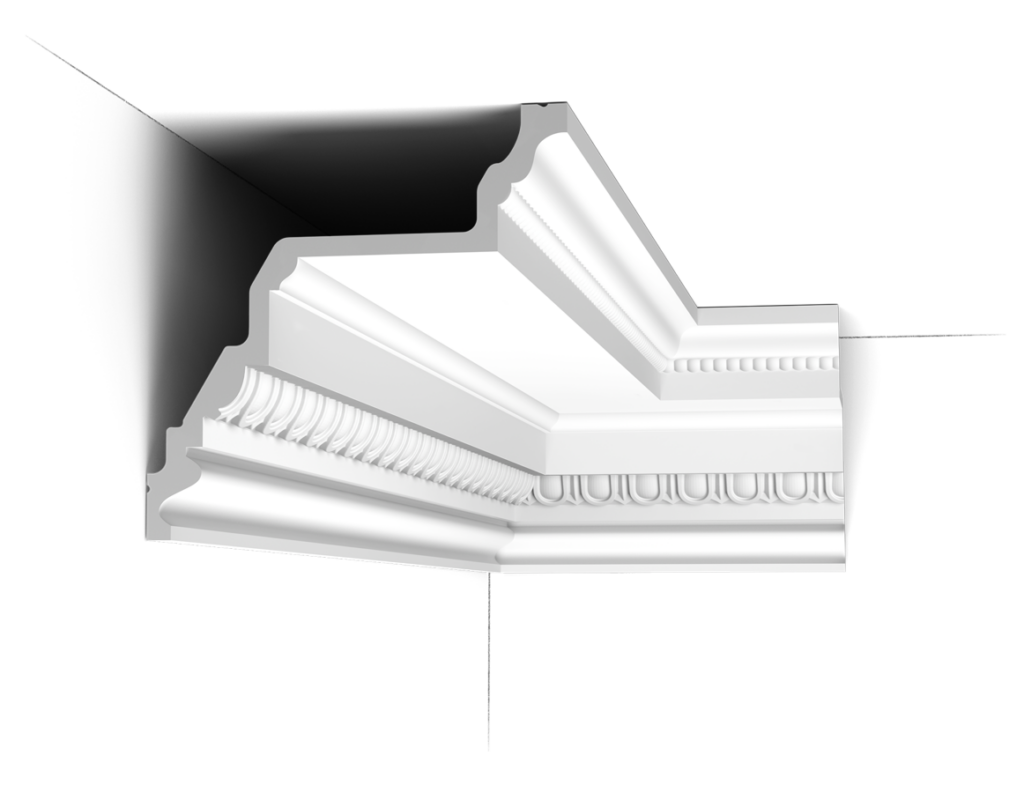
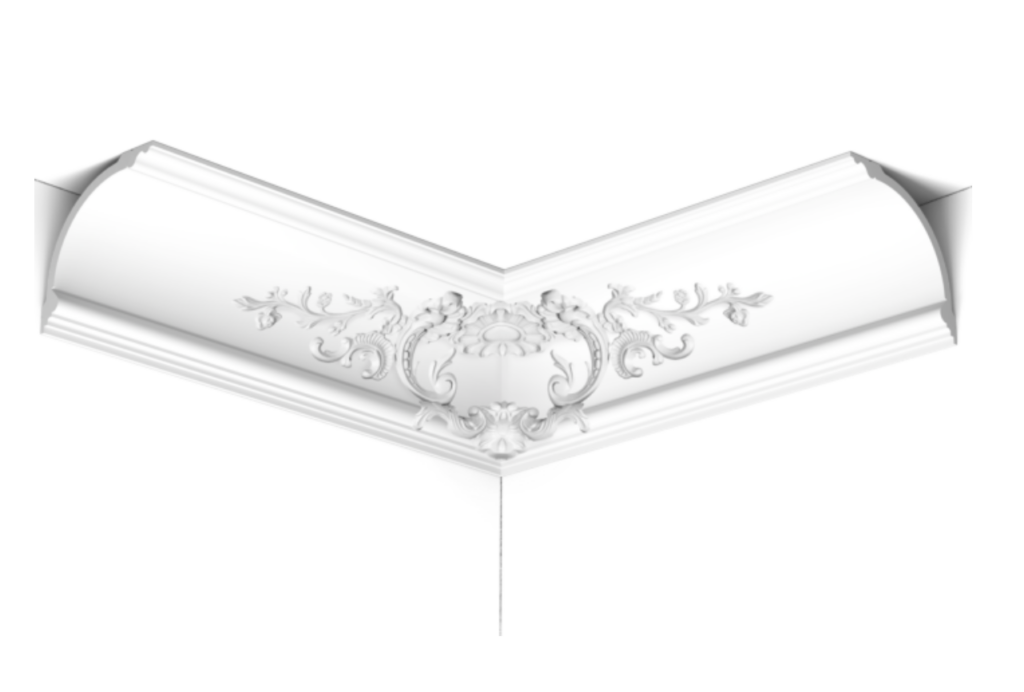
Image source: Orac Decor
What It Is: Coving refers to the curved, decorative moulding where the wall meets the ceiling. It’s often used to soften the transition between these two surfaces, adding elegance and depth to a room.
History: Coving dates back to ancient Greece and Rome, where intricate mouldings were used to adorn temples and villas. During the Renaissance, coving became a symbol of wealth and sophistication, often featuring elaborate carvings and gold leaf accents. Today, it’s a timeless element that can make even the most modern spaces feel refined.
Why It Matters: Coving can make a room feel taller and more cohesive. It’s a subtle detail that adds character without overwhelming the space.
Skirting: The Unsung Hero of Walls


Image source: Orac Decor
What It Is: Skirting, or skirting board, is the strip of material that runs along the bottom of an interior wall. It covers the joint between the wall and the floor, protecting the wall from scuffs and damage.
History: Skirting boards became popular in the Victorian era when homes were heated by coal fires. The boards helped protect walls from soot and dirt. Over time, they evolved into decorative elements, with intricate designs reflecting the architectural styles of the time.
Why It Matters: Skirting isn’t just practical—it’s an opportunity to add personality to a room. From sleek, modern designs to ornate, traditional styles, skirting can tie a space together.
Fun Fact: In some older homes, skirting boards were hollow and used to hide electrical wiring—a clever design solution!
Focal Point: The Star of the Show
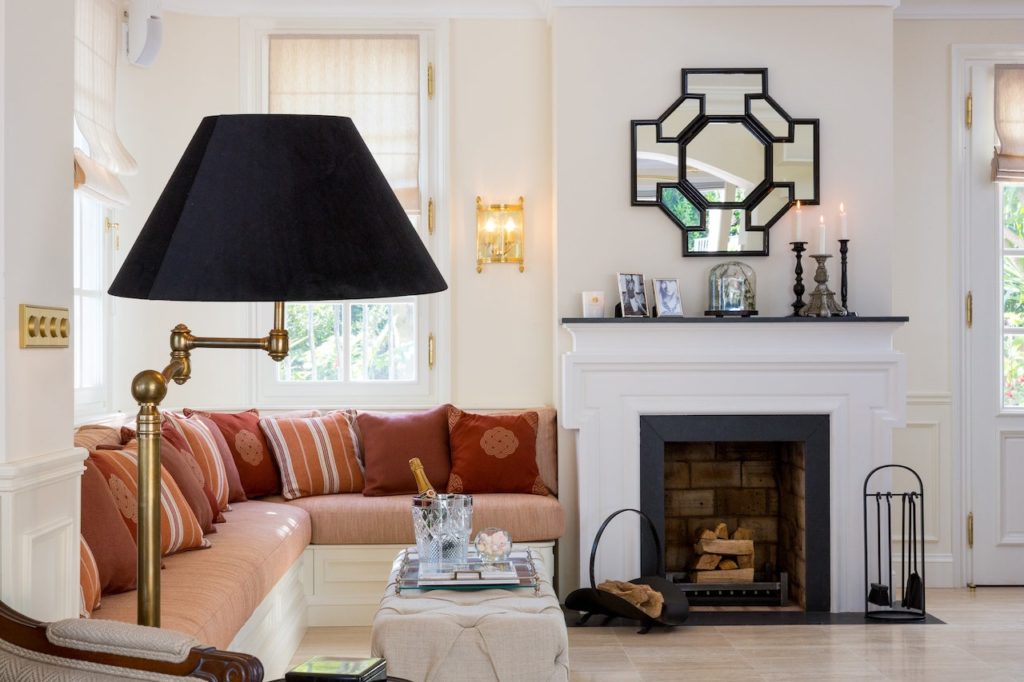
What It Is: A focal point is the central feature of a room that draws the eye and anchors the design. It could be a fireplace, a piece of artwork, a statement light fixture, or even a stunning view.
History: The concept of focal points has been around for centuries. In medieval castles, the hearth was the focal point of the great hall, symbolising warmth and community. In modern design, focal points are used to create balance and visual interest.
Why It Matters: A well-chosen focal point can transform a room, guiding the layout and creating a sense of harmony. Without one, a space can feel disjointed or uninspired.
Pro Tip: When designing a room, start with the focal point and build around it. This ensures a cohesive and intentional design.
Alcove: The Nook with Endless Possibilities

Image source: Pooky & Lights and Lamps
What It Is: An alcove is a recessed section of a room, often used for seating, storage, or display. Think of a cosy reading nook or a built-in bookshelf.
History: Alcoves have been used since ancient times, particularly in Roman architecture, where they were often used for statues or religious icons. In the 18th century, alcoves became popular in European homes as spaces for beds or dining areas.
Why It Matters: Alcoves are incredibly versatile. They can add functionality to a room without taking up extra space, making them perfect for small homes or flats.
Chair Rail: Where Style Meets Function

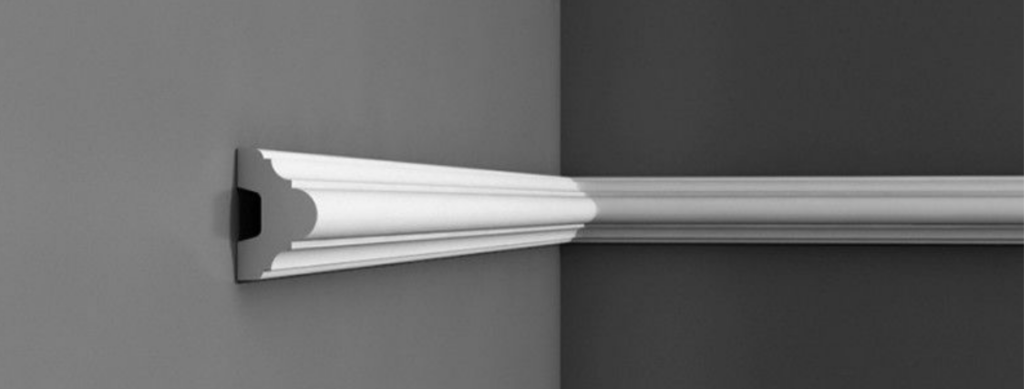
What It Is: A chair rail is a horizontal moulding installed on walls, typically at the height of a chair back. It serves both a practical and decorative purpose.
History: Chair rails originated in the 18th century as a way to protect walls from damage caused by chairs. Over time, they became a decorative feature, often used to divide walls into panels or to add visual interest.
Why It Matters: Chair rails can add texture and dimension to a room. They’re also a great way to incorporate two-tone wall colours or wallpaper designs.
Anecdote: In colonial America, chair rails were sometimes used to hang portraits or mirrors, adding a personal touch to homes.
Wainscoting: The Wall’s Best Friend

Image Source: FreePick
What It Is: Wainscoting is a type of wall panelling that covers the lower portion of a wall. It can be made from wood, tile, or other materials and is often used to add texture and warmth to a space.
History: Wainscoting dates back to the Middle Ages when it was used to insulate damp, cold stone walls. By the 18th century, it had become a decorative feature in European homes, often featuring intricate carvings and patterns.
Why It Matters: Wainscoting adds depth and character to a room. It’s also a practical choice for high-traffic areas, as it protects walls from wear and tear.
Trompe-l’oeil: The Art of Illusion
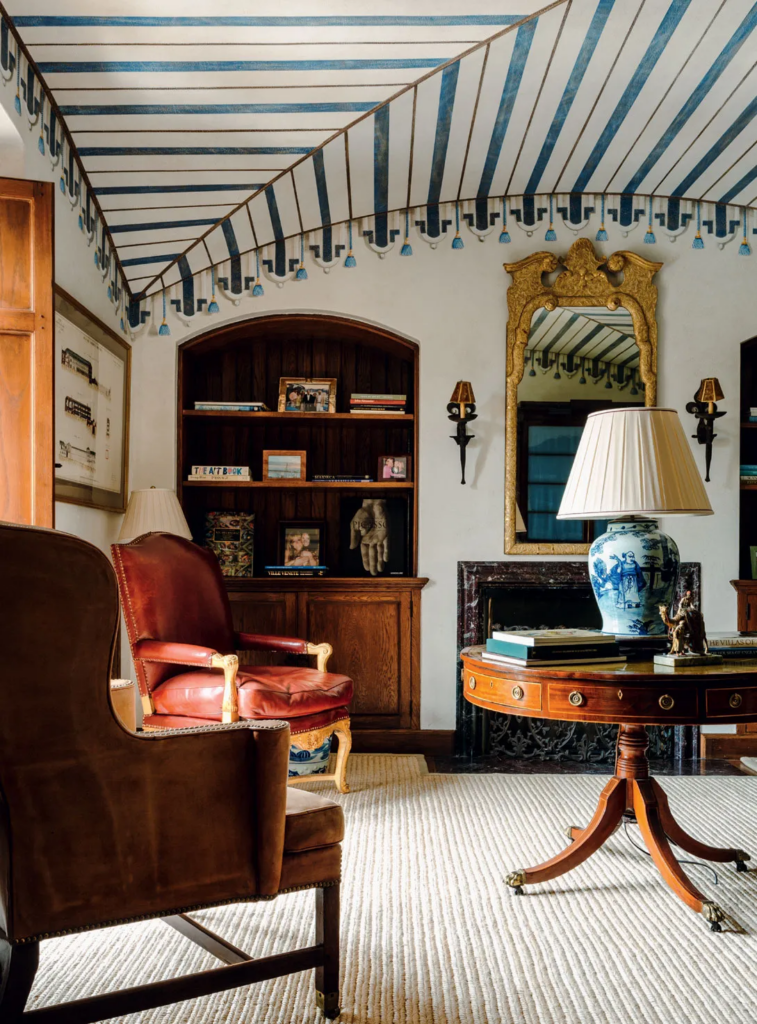
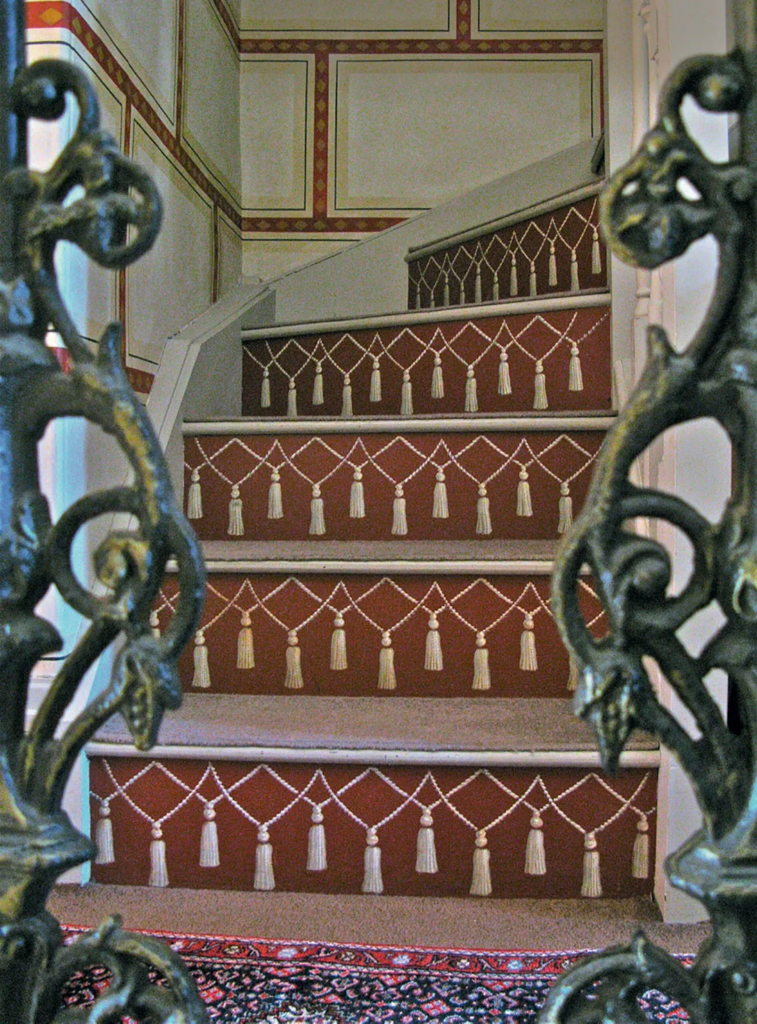
Image Source: House & Garden
What It Is: Trompe-l’oeil (French for “deceive the eye”) is a painting technique that creates the illusion of three-dimensional objects or spaces. It’s often used on walls, ceilings, or furniture.
History: This technique has been used since ancient times, but it reached its peak during the Baroque period in Europe. Artists like Andrea Mantegna and Michelangelo used trompe-l’oeil to create stunning architectural illusions.
Why It Matters: Trompe-l’oeil can make a small space feel larger or add whimsy and creativity to a room. It’s a bold choice that can transform a plain wall into a work of art.
Patina: The Beauty of Age
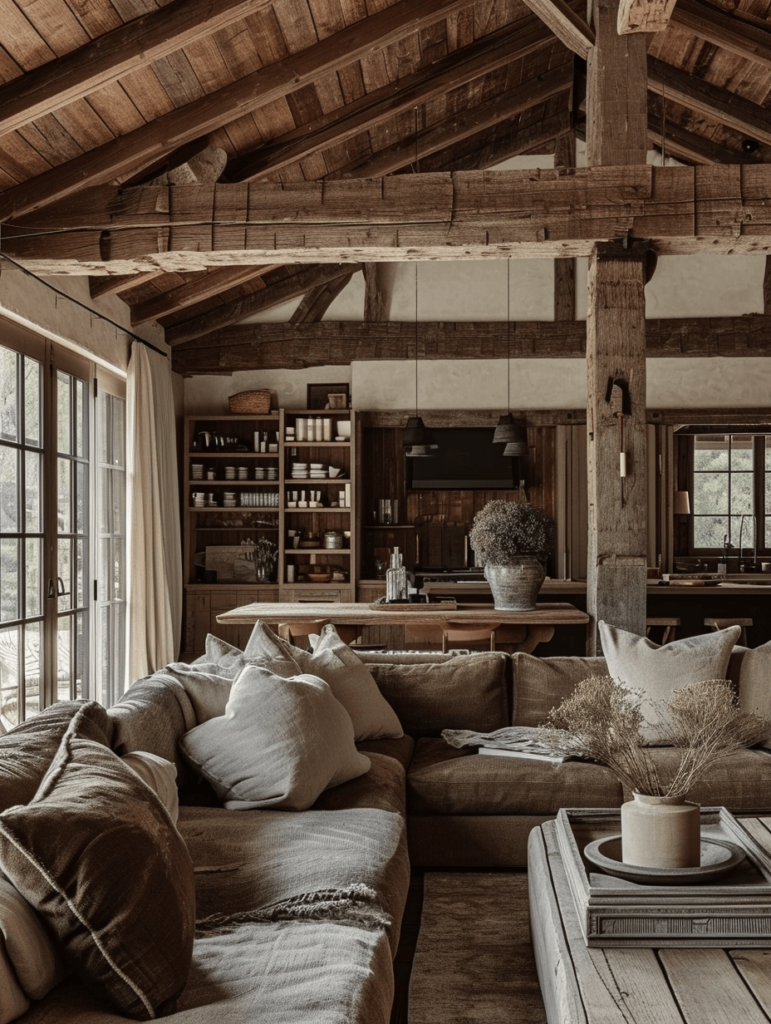

Image Source: Edward George London
What It Is: Patina refers to the natural ageing process of materials like wood, metal, or stone, which results in a unique, weathered appearance.
History: The term comes from the Latin word for “shallow dish,” referring to the greenish film that forms on bronze over time. In interior design, patina is celebrated for its ability to add character and history to a space.
Why It Matters: Incorporating patina into your design can create a sense of timelessness and authenticity. Whether it’s a vintage leather sofa or a weathered wooden table, patina tells a story.
To see more from us, our news stories and blog posts, follow the link HERE. Additionally, if you want to keep up to date with the progress of our projects, you can follow us on Instagram. We regularly post updates on our international projects!
Cover image: British Institute of Interior Design


